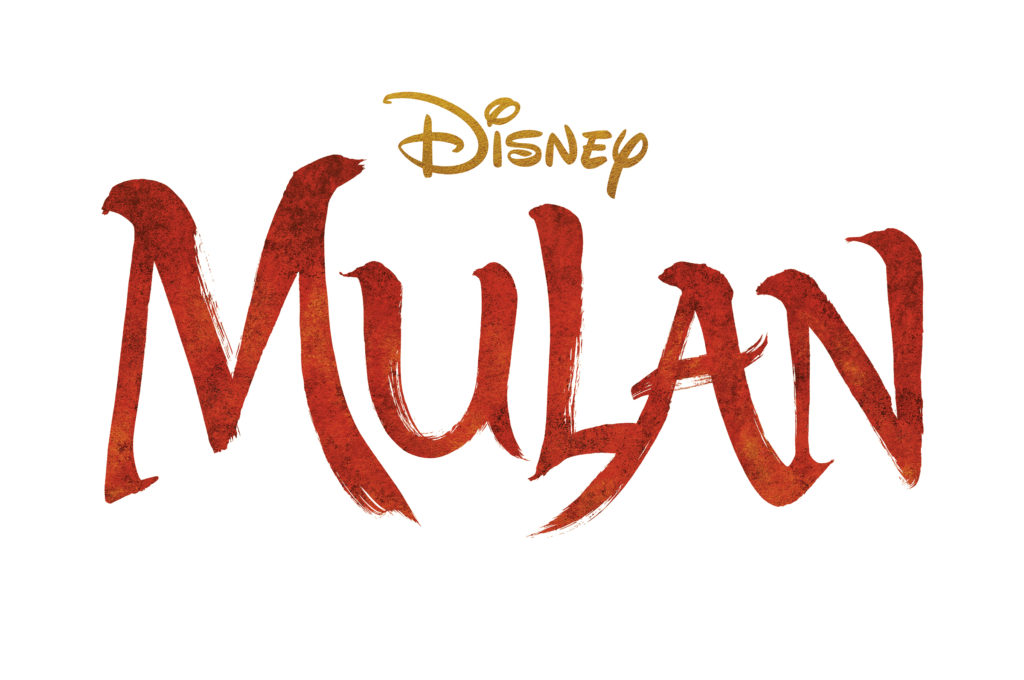
Editor’s Note: An actress’s name has been corrected to reflect proper spelling and structure.
In early September, Disney’s “Mulan” remake opened with a limited theatrical release – and a Disney+ rental – to a mixed reaction from critics and fans. On paper, “Mulan” was a loss. However, Disney is tight-lipped about their streaming subscriber numbers, so whether “Mulan” will still be a success has yet to be seen. For the time being, we only know “Mulan” as the controversial spectacle which Disney is undoubtedly relieved to finally have off their hands.
The trouble with “Mulan” is tied closely to the story of a capitalist corporation attempting to navigate the cultural complexities of two vastly different world powers. It would take a novel to explain the context around this story. What I can do is run through the series of controversies leading up to the movie we got.
The film’s first three years of development seemingly went well. The ultra-high budget production was shot on location throughout China and New Zealand. The cast was stacked with some of the most popular Chinese and Asian American performers. The hype was still high when the first trailer dropped in July 2019 to 175 million views on YouTube within the first day.
Things took a turn for “Mulan” shortly after leading lady, Liu Yifei, made a series of controversial comments about the protests in Hong Kong. Quickly, fans from across the world made a viral hashtag calling for a boycott.
The next controversy was in February 2020 when Disney revealed they would be editing out Mulan’s love interest, “Li Shang,” in response to the concern that her love interest being in a position of authority would be an inappropriate element. LGBTQ+ advocates argued Li Shang is one of the few bisexual representatives in Disney’s repertoire and editing him out of the film is more an example of LGBTQ+ erasure than an active step towards progress.
Finally, in the same month, director Niki Caro was criticized for being a white director heading an entirely Asian cast in a story filled with Asian history.
Not all was problematic, however. When the film dropped on Disney+, much of the backlash was replaced by an enthusiasm for the positive cultural steps towards inclusion and diversity in Hollywood.
Many critics have dismissed “Mulan,” saying the filmmaking was uninspired and the script was rushed. I have seen many reviews suggest the totality of elements ripped from the original left its little sister with little to enjoy.
I couldn’t disagree more.
While the political context around the film leaves me with concerns, the movie itself did not. I thought Disney’s “Mulan” was a marvel of visual and thematic storytelling. Not only was the cinematography stunning and the scenery breathtaking, but the design was specific and educational. Several times during the movie I asked my friends about the setting. Every piece of clothing, prop and set piece was chosen with care. The result was a movie that celebrated the rich wonders of Chinese history.
Specificity helped the story’s themes shine. Mulan isn’t just an inspiring figure because of what she does. She is an inspiring figure because of what she does in the time she does it. What the script lacked in substance, the filmmaking made up for in grandeur. Every 10 minutes or so, I would loudly comment that “Mulan” made me feel the way I felt during “Lord of the Rings.”
If anything, this comparison is the key to my only complaint. “Mulan” was too short. While the original was a simple five-act family film, the remake movie introduced a slew of new elements that didn’t have time to breathe.
The world the new movie inhabits has a spiritual system called “Chi,” which gives certain people special abilities to manipulate the natural world. Mulan is one of these people, and she is thematically countered by her antagonist, a witch named “Xianniang,” played by Gong Li.
Xianniang is a mysterious outcast who is helping the Rouran warriors invade China. The Chinese people’s misconceptions about her power forced her to become a reject with the intent to take revenge on her people. In many ways, Xianniang’s arc is the heart of the movie and creates a beautiful piece of dualism between her and Mulan. Unfortunately, the limited running time resigned them to only a couple interactions before the satisfying conclusion.
If “Mulan” had more movies planned for the setting, the filmmakers would have had room to explore the themes and create something special. I used to say no story takes 3 hours to tell. I now know – partly because of “Mulan” – that some stories do. Some stories are so special, they take time to tell, and cutting them down takes away what could have been.
I loved “Mulan.” So much so, I wish there were more of it. Unfortunately, there isn’t, and what we are left with is a flavor of what could have been. “Mulan” wasn’t great, but it was special. It needed to exist. I look forward to seeing Disney continue to invest in women and performers of color.


Leave a Reply